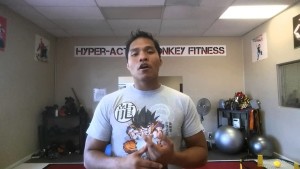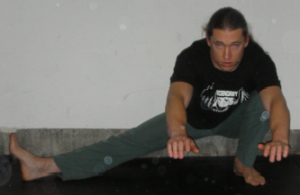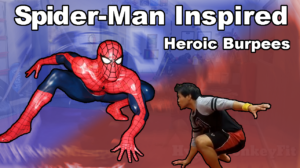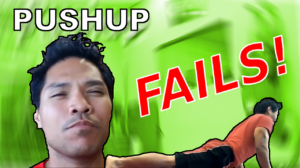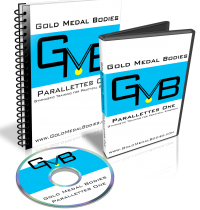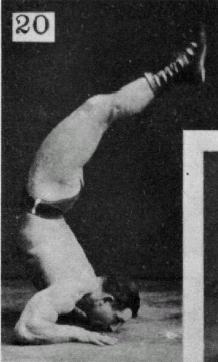So I was coaching a small group of three people today working on unilateral body weight strengthening and finishing off with balance skill work focusing on the frogger lead-up stunt. After the session ended an all too familiar question came up from one of the ladies that was training this afternoon.
“How do you keep doing it? How do you keep working out?”
My immediate answer was that its hard, I’m currently having trouble staying as motivated, and I don’t consistently work out.(Although I am probably a bit more active than the average person!)
This wasn’t the most sales invoked answer but it was honest. I tend to try to be honest about these things as it won’t serve any purpose to the person to give them a half-made answer. Especially when I’m supposed to be there to guide them and support them in the right direction.
This next piece is where I got deeper into the question. I said that if you want to work out or train more, its gotta be something more than the workout.
For me, it was always about being able to perform. To be able to utilize the human body in ways that others could only dream of. Whether it was in combat situations or amazing feats.
I then asked her what does she like to do. Things that are active and with body.
She came up with multiple sports and multiple activities. ( She’s a very driven and motivated type. Being in the silicon valley, that’s a given. But it also means that motivation is usually directed to work.)
None of the activities had anything really in common. Some were team sports, while others were individual.
I could have left it there, but I had to dig deeper. I then asked her what made her stay. What was the defining reason that got her to keep going to one of the activites.
Now I’m not going to go into more details so we can fast forward to the reason for this story. ( hint: it involved milestones and progression)
So the reason for this story is that if you really want to make working out a consistent part of your life, you’ve got to find a goal bigger than just working out. ( Remember working out as it is today wasn’t even really a thing until the 1980s.)
Once you’ve found that one thing. Take a look at what things you’ve done the longest. Then find out why.
Finally; and this is probably those most important part.
Make a decision. Pull the trigger. Flip the light switch on.
Because if you don’t do anything, nothing will happen.
To help you with flipping the switch, take a look at this motivational video below!
Finally, since this site is all about hand balancing, check out the Secrets of the Handstand System!
Stay Inverted!
-Jonathan Magno

